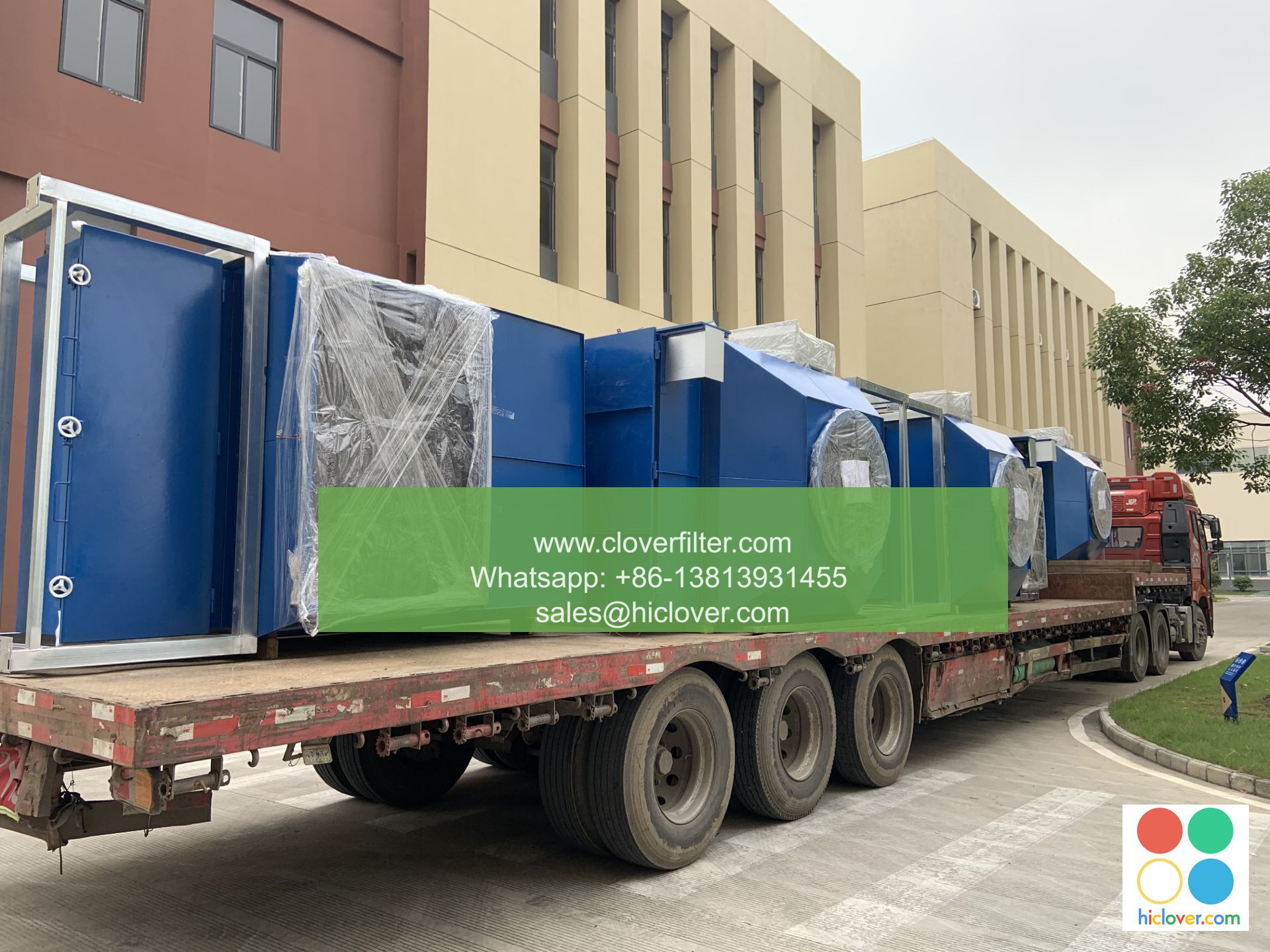Understanding the Difference Between Activated Carbon and Nanofiber Air Filters

Air pollution has become a major concern in recent years, with many people turning to air purifiers to improve the quality of the air they breathe. Two popular types of air filters used in air purifiers are activated carbon and nanofiber air filters. While both types of filters are designed to remove pollutants from the air, they work in different ways and have distinct advantages and disadvantages.
What is Activated Carbon?
Activated carbon, also known as activated charcoal, is a type of filter that uses a highly porous form of carbon to remove impurities from the air. The carbon is “activated” by treating it with high temperatures, which creates a large surface area that allows it to trap a wide range of pollutants, including volatile organic compounds (VOCs), gases, and odors. Activated carbon filters are commonly used in air purifiers, water filters, and industrial applications to remove chemicals, heavy metals, and other inorganic compounds.
What is Nanofiber Air Filter?
Nanofiber air filters, on the other hand, use a type of nanotechnology to remove pollutants from the air. These filters use ultra-fine fibers that are woven together to create a dense network of nanoscale fibers. This network is able to trap particulate matter (PM), including dust, pollen, and bacteria, as well as other aerosols and gases. Nanofiber air filters are commonly used in HEPA air purifiers, industrial ventilation systems, and medical facilities to remove bioaerosols and other high-risk pollutants.
Key Differences Between Activated Carbon and Nanofiber Air Filters
While both types of filters are effective at removing pollutants from the air, there are several key differences between them. Here are a few of the main differences:
* Filter mechanism: Activated carbon filters work by using a chemical reaction to trap pollutants, while nanofiber air filters work by using a physical mechanism to trap particles.
* Particle size: Activated carbon filters are effective at removing larger particles, such as gas molecules and VOCs, while nanofiber air filters are effective at removing smaller particles, such as PM2.5 and nanoparticles.
* Filter lifespan: Activated carbon filters typically need to be replaced every 1-3 months, while nanofiber air filters can last for up to 12 months or more.
* Application areas: Activated carbon filters are commonly used in residential air purifiers and industrial applications, while nanofiber air filters are commonly used in commercial air purifiers, medical facilities, and industrial ventilation systems.
Applications of Activated Carbon and Nanofiber Air Filters
Both activated carbon and nanofiber air filters have a wide range of applications, including:
* Air purification: Both types of filters are used in air purifiers to remove pollutants and improve indoor air quality.
* Water filtration: Activated carbon filters are commonly used in water filters to remove chemicals and heavy metals from drinking water.
* Industrial applications: Both types of filters are used in industrial applications, such as chemical processing and pharmaceutical manufacturing, to remove pollutants and improve air quality.
* Medical facilities: Nanofiber air filters are commonly used in medical facilities to remove bioaerosols and other high-risk pollutants.
In conclusion, while both activated carbon and nanofiber air filters are effective at removing pollutants from the air, they work in different ways and have distinct advantages and disadvantages. Understanding the differences between these two types of filters can help you choose the best filter for your specific needs and application area. Whether you’re looking for a residential air purifier or an industrial ventilation system, there’s a filter out there that can help you improve the quality of the air you breathe. It seems like you’re ready to start a conversation or ask a question, but you haven’t provided a specific prompt yet. I’m here to help with any topic or question you have, whether it’s about science, history, technology, or something else. What’s on your mind?

